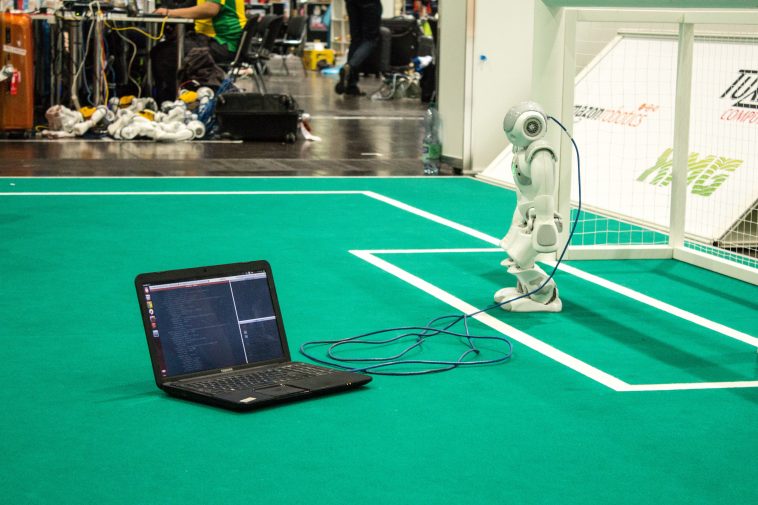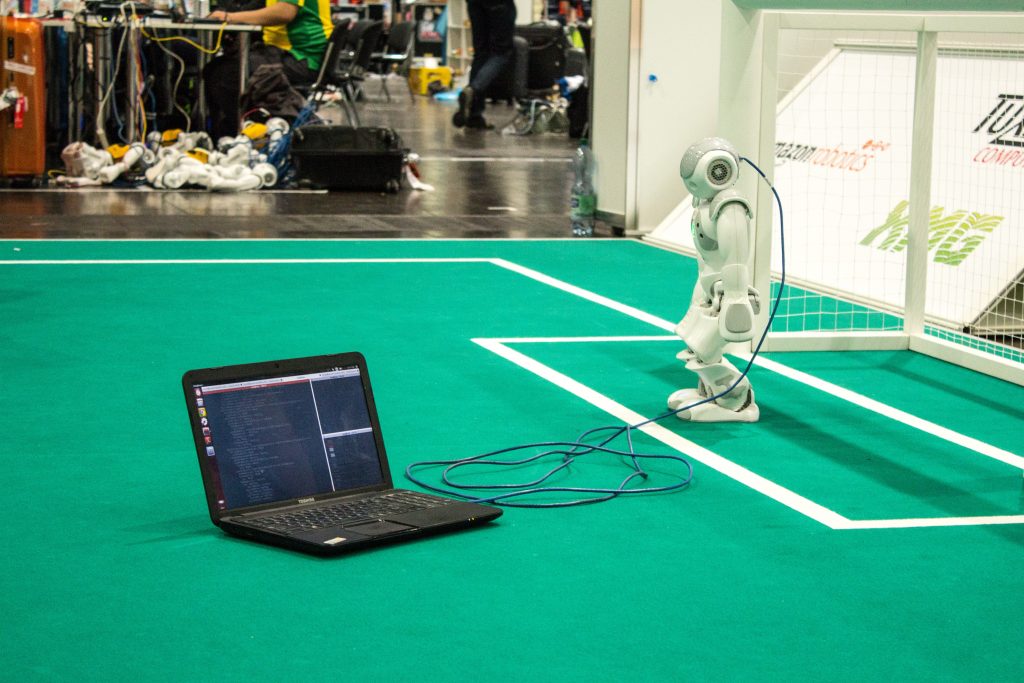In the past few years, AI has improved a lot and we now have chatbots that use this technology. Chatbots are computer programs that can talk to people like humans. They are becoming popular because they can help customers all day and night, answer questions, and give suggestions that fit each person. However, traditional chatbots had limited capabilities and were unable to understand complex queries.
ChatGPT, on the other hand, has overcome this limitation by using advanced neural networks and training models. It is a large language model developed by OpenAI, and based on the GPT-3.5 architecture. It has gained immense popularity due to its ability to generate human-like responses to queries and engage users in conversations. In this article, we’ll talk about the technology behind ChatGPT, the neural networks that power it, and how it has transformed the chatbot industry.
Natural Language Processing (NLP)
One of the primary technologies that power ChatGPT is Natural Language Processing (NLP). NLP is a branch of AI that focuses on how machines can understand and interpret human language. Chat GPT uses NLP algorithms to analyze and understand user queries and provide appropriate responses.
Neural Networks
Neural Networks form the basis of ChatGPT’s functioning. They are a type of algorithm that works by copying the way our brains work. They can help computers recognize patterns too. The neural networks used in ChatGPT are trained on large amounts of text data using a technique called unsupervised learning. By training on a diverse set of text data, these neural networks learn to recognize the patterns in language and can predict what a user might say next.
Data Pre-processing
To train the neural networks within ChatGPT, the model requires large amounts of quality text data. This data is pre-processed to clean and organize it for effective use in training the model. Specific tasks involved in data pre-processing include tokenization, where sentences or paragraphs are broken down into individual words or phrases, and feature extraction, which involves identifying recurring patterns and relationships within the data.
Language Modelling
Language modeling is the method of estimating the likelihood of a word sequence in a particular language. ChatGPT uses a language model that is trained on a vast corpus of text data to generate human-like responses. The language model learns the probability of the next word in a sequence, given the previous words.
Fine-Tuning
Chat GPT’s language model is fine-tuned to improve its accuracy and make it more effective at generating responses to specific domains. It involves training the model on a specific dataset, such as customer support or e-commerce, to improve its performance in that specific domain.
Transformer Architecture
The transformer architecture used in ChatGPT was first introduced in 2017 in a paper titled “Attention Is All You Need” by Ashish Vaswani et al. The transformer architecture has since become one of the most widely used NLP models, particularly for language generation tasks. The transformer architecture enables ChatGPT to process entire sequences of inputs (such as sentences) at once while also retaining an understanding of the broader context.
Generative Pre-trained Transformer 3 (GPT-3)
Generative Pre-trained Transformer 3 (GPT-3) is an advanced neural network architecture that is used in Chat GPT. It is trained on a massive amount of text data and is capable of generating coherent and human-like responses to user queries. GPT-3 has 175 billion parameters, making it one of the largest neural networks ever developed.
Zero-shot Learning
Zero-shot learning is a technique used in Chat GPT to generate responses to queries that the model has not been specifically trained on. It involves generating responses by leveraging the knowledge learned from the model’s training data.
Transfer Learning
Transfer learning is a technique used in Chat GPT to improve its performance. The model consists of a pre-trained transformer that was initially trained on the massive dataset containing a large amount of text data, including books, articles, and other written content. This pre-training enables ChatGPT to generate more accurate responses by leveraging the knowledge learned from a vast array of sources.
Multi-Head attention
The transformer in ChatGPT uses a type of attention mechanism called multi-head attention. This attention mechanism enables the model to focus on different parts of the input sequence simultaneously, allowing the model to capture more detailed connections within the input sequence. Multi-head attention is beneficial when dealing with long input sequences, such as entire paragraphs or articles.
Text Generation
Text generation is one of the primary applications of Chat GPT. It is the perfect choice for usage in chatbots, virtual assistants, and other conversational applications since it can produce coherent and human-like responses to user inquiries. Chat GPT’s ability to generate text has many potential use cases, such as generating personalized content, automating customer support, and improving language translation.
Large-Scale Distributed Training
Training the massive neural networks that form the backbone of ChatGPT can be computationally intensive. Performing this training on a single machine can take an exceptionally long time. To expedite the training process, ChatGPT uses a technique called large-scale distributed training. This method allows the system to train the model across multiple machines, creating a more efficient, parallelized system for training the neural networks.
Limitations
Although Chat GPT has many benefits, it also has some limitations. One of the primary limitations is its reliance on large amounts of data for training. Chat GPT’s performance is directly proportional to the amount and quality of the data it is trained on. Another limitation is its lack of common sense and real-world knowledge. Chat GPT is unable to understand the context and common sense of a situation, leading to occasional mistakes and incorrect responses.
Continual Learning
As users continue to interact with ChatGPT, the model is exposed to new patterns and forms of language. This ongoing interaction enables the model to continually learn and update itself by incorporating new data into its training. It helps the model stay up-to-date with the latest idioms and phrases, as well as emerging trends in language usage.
Future Developments
As AI technology continues to evolve, we can expect Chat GPT and other AI-powered chatbots to become even more advanced and capable of handling complex queries. One potential future development is the integration of Chat GPT with other AI technologies, such as computer vision and speech recognition. This integration could enable chatbots to understand and respond to user queries in more meaningful ways, making them even more useful and versatile.
Conclusion
In conclusion, Chat GPT is a powerful tool that has transformed the chatbot industry. Its advanced AI technologies, such as NLP and neural networks, allow it to generate human-like responses and engage users in conversations. As AI technology continues to evolve, we can expect Chat GPT to become even more advanced and capable of handling complex queries. However, it is important to keep in mind its limitations and the need for continuous training and improvement.





